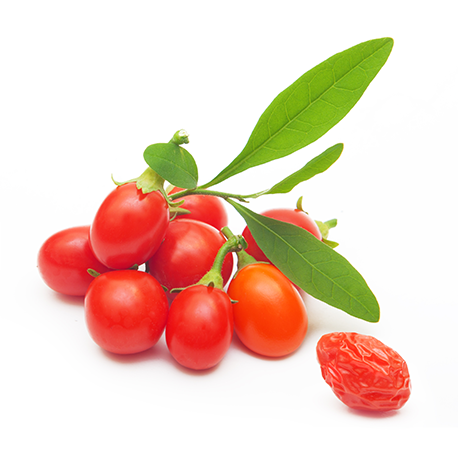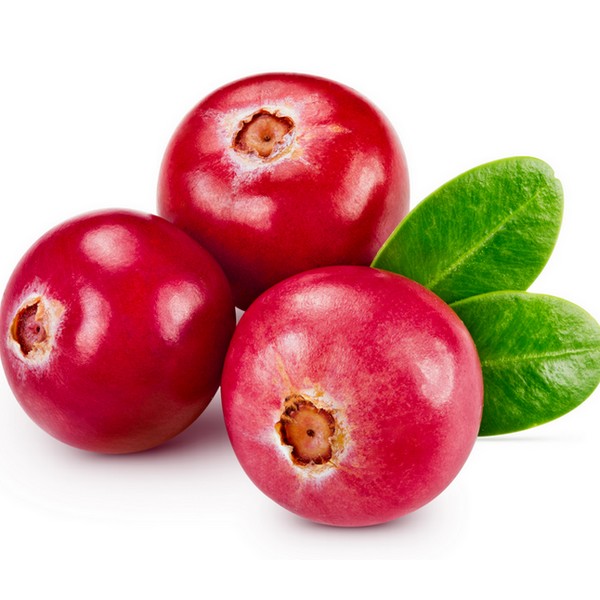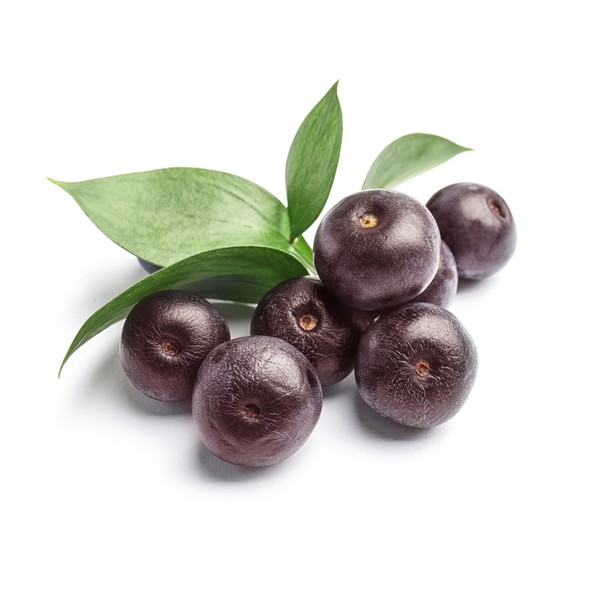.jpg)
Oxidative stress corresponds to an attack on the cells of our organism by species reactive to oxygen such as free radicals. Lifestyle, environmental factors and diet are the main risk factors for exposure to oxidative stress. The latter is implicated in numerous diseases (cancers, cardiovascular diseases, neurodegenerative diseases, etc.) and in the acceleration of aging phenomena. Fortunately, substances are able to fight against oxidative stress: antioxidants. These are mainly micronutrients such as vitamins, trace elements or phytonutrients found widely in our diet.
Oxidative stress: what is it?
Oxidative stress, also called oxidative stress, corresponds to a kind ofattack on our cells by reactive oxygen species (ERO or ROS in English for reactive oxygen species). These chemical species are derivatives of oxygen of which free radicals are part. The production of these ROS is normal for many organisms. Nature is so well designed that each of us has natural weapons to fight against ROS, antioxidant enzymes but also other substances such as glutathione, uric acid and ferritin. However, if ROS are in excess, the body is overloaded: we speak of oxidative stress.
Several factors can lead to a situation of oxidative stress:
- intense and/or prolonged exposure to pollution
- repeated stressful situations
- intense and/or prolonged solar exposure
- excessively intense sports practice
- regular consumption of tobacco and/or alcohol
- poor lifestyle
- etc.
In situations of oxidative stress, ROS attack cells, the DNA they contain, proteins, cell membranes, etc. This results in inflammatory problems, accelerated aging but also a greater risk of developing cardiovascular diseases, cancers or neurodegenerative pathologies for example.
This is why it is important to draw antioxidants from nature and food in particular to help our body fight against ROS; particularly for those affected by the above risk factors.
The benefits of antioxidants
Antioxidants will play an important role against oxidative stress since they will neutralize ROS including free radicals. Each antioxidant has a well-defined role which can act against certain diseases and limit premature aging.
The main actions given to antioxidants are:
- delay aging
- lower cholesterol levels and reduce the risk of cardiovascular disease
- prevent certain forms of cancer
- protect the eyes
- fight against the effects of pollution on the skin, hair and body.
Who are antioxidants?
Antioxidants are molecules that will prevent the harmful chain reactions caused by ROS, so they are natural shields for the organism. They are found in most plants, particularly fruits and vegetables. Normal since they themselves have had to adapt to the attacks of nature (UV, pollution, etc.) by developing heavy defense mechanisms.
Natural antioxidants are mainly vitamins, trace elements or polyphenols, among which we distinguish:
-
vitamin C: it helps to neutralize free radicals in blood plasma and inside cells. It also helps regenerate vitamin E. It is mainly found in vegetables.
-
vitamin E: it brings together two families of compounds, tocopherols and tocotrienols. Alpha-tocopherol is the most common form in nature; it is a fat-soluble antioxidant which limits the oxidation reactions of fatty substances in the body. It is mainly found in vegetable oils, oilseeds or certain fruits such as avocado.
-
carotenoids: one of the best-known substances in the carotenoid family is beta-carotene. It is a precursor of vitamin A, that is to say that it will be transformed into vitamin A by the liver. Acting as an antioxidant, it is found mainly in foods of plant origin but also in eggs and butter.
-
polyphenols: polyphenols constitute a family of water-soluble molecules such as flavonoids, anthocyanins and tannins for example. These are natural antioxidants that are mainly found in our food and which will act on free radicals.
-
selenium and zinc: these trace elements are components of antioxidant enzymes, they are therefore essential for the proper functioning of the antioxidant defense system.
Antioxidants: how to consume them?
There is no official recommendation regarding antioxidants, however it is advisable to consume them regularly through food. Therefore, it is essential to have a rich and diversified diet. Among the different categories of food, it is no surprise that fruits and vegetables are the richest!
Many factors influence the quality of a food and its micronutrient content. So to preserve the maximum amount of vitamins and minerals, it is preferable to avoid subjecting foods to various treatments. However, if certain nutrients are sensitive to heat, such as vitamin C for example, others are much less so. In fact, certain vegetables such as artichokes, tomatoes or certain aromatic herbs see their antioxidant capacity increase after cooking. This is particularly the case for dried fruits such as cranberries, physalis or even goji berries, which see their concentration of nutrients double after drying.
Some examples of superfoods rich in antioxidant compounds:






How is the antioxidant power of foods measured?
There are several methods for determining the antioxidant power of foods and thus classifying them according to their effectiveness. One of the best known methods is ORAC index measurement (Oxygen Radical Absorbance Capacity), which corresponds to the absorption capacity of oxygen radicals. It will thus measure the ability of foods to eliminate reactive oxygen species. The ORAC is calculated using a fluorescent probe which oxidizes under the influence of free radicals. We will thus observe the activity of an antioxidant from fluorescence and compare the results obtained with reference data.
The ORAC index is defined as follows:
- 0 to 1500: low antioxidant capacity
- 1500 to 3000: average antioxidant capacity
- 3000 to 10,000: high antioxidant capacity
- + 10,000: very high antioxidant capacity
There are also other tests such as that of Folin-Ciocalteu, which makes it possible to determine the quantity of total polyphenols. This is a spectrophotometric assay where the polyphenols are reacted with the Folin-Ciocalteu reagent. This test is not specific enough, however, because other compounds may also react to this reagent, so there may be an overestimation of phenolic compounds. THE FRAP test also makes it possible to measure the antioxidant power of a food by determining their capacity to reduce ferric ions (Fe3+) into ferrous ions (Fe2+).
Antioxidants in cosmetics
Antioxidants are not only in our food, we can also find them in our cosmetic products! In cosmetics, antioxidants can be used for two reasons:
-
inasmuch as preservatives, to protect the formulation from oxidation and rancidity of fatty substances
-
as'assets, to protect the skin from free radicals and fight against the factors of premature skin aging
Antioxidants in cosmetics can be of plant origin, synthetic or even from biotechnology. We find in particular vitamins such as vitamin A, C or E, carotenoids, polyphenols, sterols, squalene and even gallic acid. We can also find plant extracts such as rosemary flower or extracts from plant fermentation such as spirulina. Many of these antioxidant compounds are found in particular in vegetal oils, which gives them antioxidant properties, ideal for combating skin aging in cases of mature skin and for preventing wrinkles.
More details : preservatives in cosmetics
Some examples of vegetable oils rich in antioxidant compounds:




Was this article helpful to you?
Average grade: 4.6 ( 261 votes)
Bibliography
Publication: Pincemail, J., Bonjean, K., Cayeux, K., & Defraigne, J.-O. (2002). Physiological mechanisms of antioxidant defense. Clinical Nutrition and Metabolism, 16(4), 233–239. doi:10.1016/s0985-0562(02)00166-8
Publication: Padayatty, SJ, Katz, A., Wang, Y., Eck, P., Kwon, O., Lee, J.-H., … Levine, M. (2003). Vitamin C as an Antioxidant: Evaluation of Its Role in Disease Prevention. Journal of the American College of Nutrition, 22(1), 18–35. doi:10.1080/07315724.2003.10719272
Publication: Pandey, KB, & Rizvi, SI (2009). Plant Polyphenols as Dietary Antioxidants in Human Health and Disease. Oxidative Medicine and Cellular Longevity, 2(5), 270–278. doi:10.4161/oxim.2.5.9498
Publication: Paiva, S.A.R., & Russell, R.M. (1999). β-Carotene and Other Carotenoids as Antioxidants. Journal of the American College of Nutrition, 18(5), 426–433. doi:10.1080/07315724.1999.10718880
Publication: Tinggi, U. (2008). Selenium: its role as antioxidant in human health. Environmental Health and Preventive Medicine, 13(2), 102–108. doi:10.1007/s12199-007-0019-4
Publication: Powell, S.R. (2000). The Antioxidant Properties of Zinc. The Journal of Nutrition, 130(5), 1447S–1454S. doi:10.1093/jn/130.5.1447s
Publication: Traber, M.G., & Atkinson, J. (2007). Vitamin E, antioxidant and nothing more. Free Radical Biology and Medicine, 43(1), 4–15. doi: 10.1016/j.freeradbiomed.2007.03.024
Work : Dufour, A., & Garnier, C. (2019). My Bible of Healthy Superfoods. Leduc.S Practical.
Work : Pouyat-Leclère, J. (2013). Guide to Antioxidant Foods. Thierry Souccar Editions & La Nutrition.fr
Website : CosmeticOBS - The cosmetics observatory: Antioxidant. https://cosmeticobs.com/fr/articles/lexique-cosmetique-5/antioxidant-3324/


